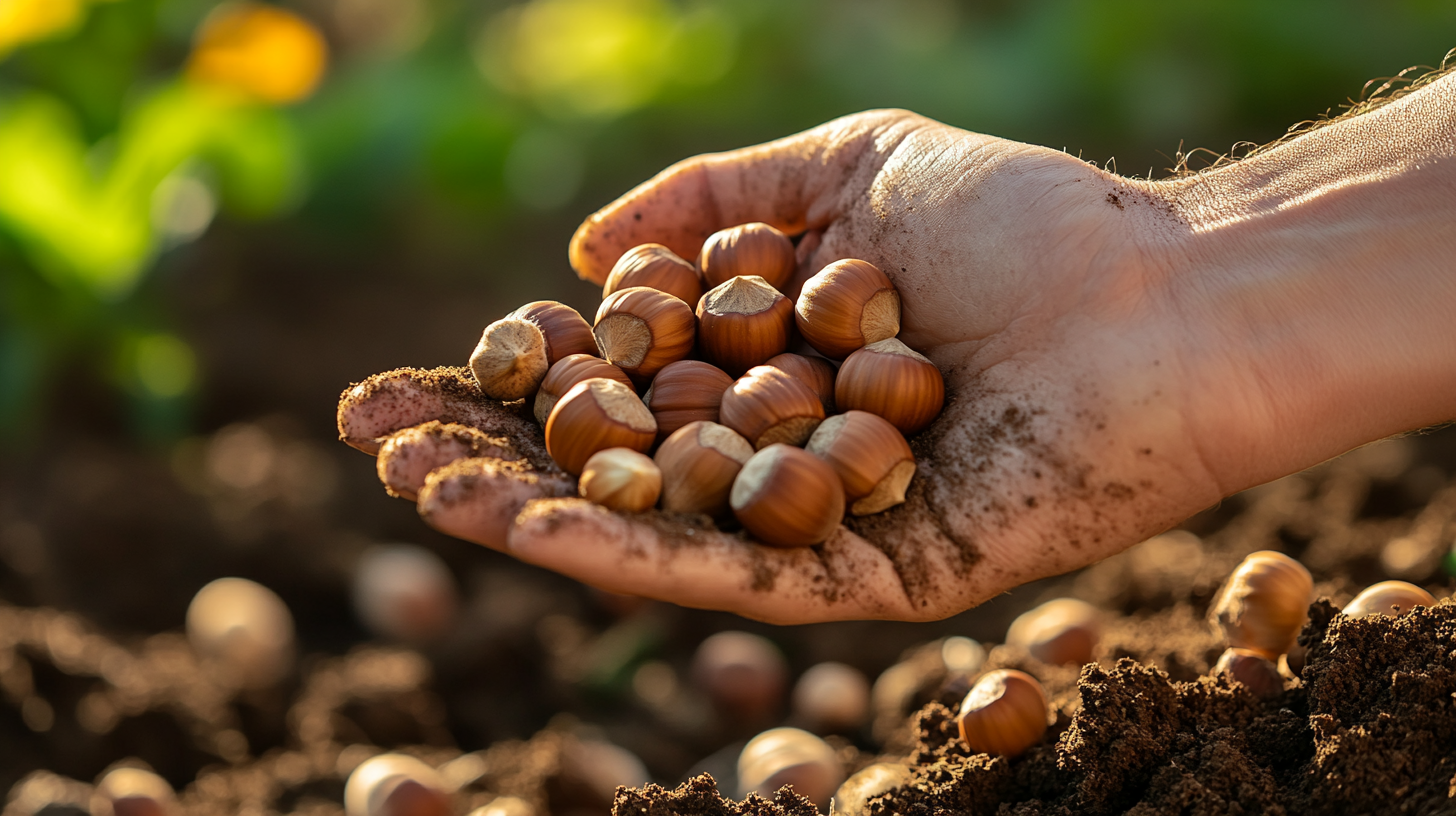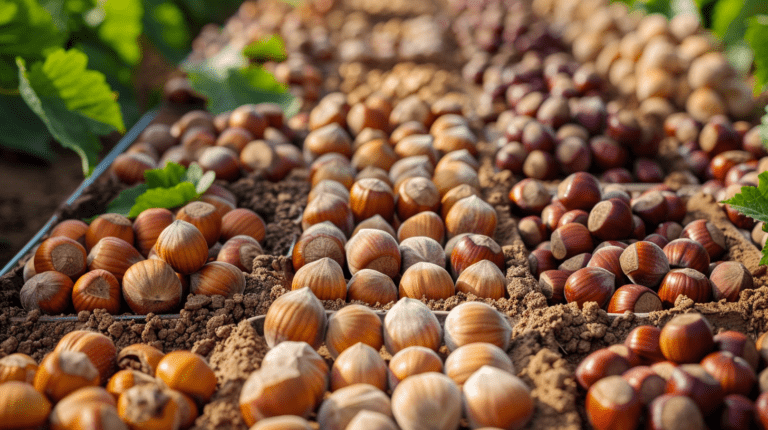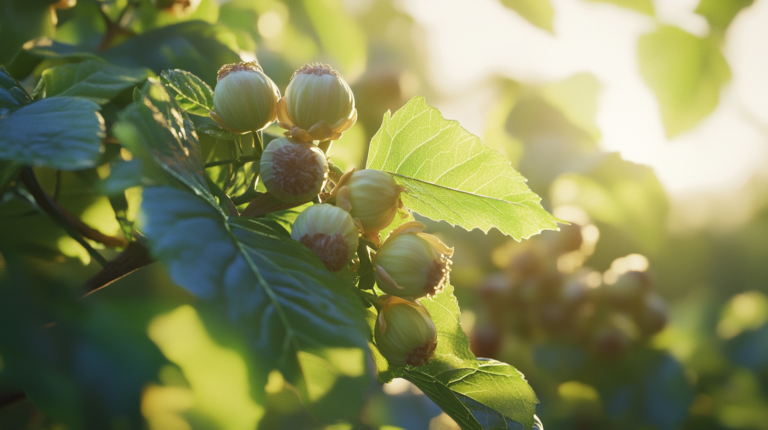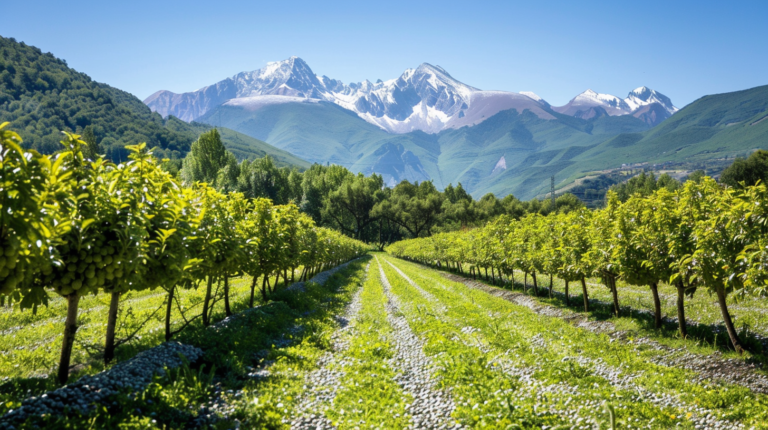How to Choose the Right Hazelnut Variety for Soil
Choosing the right hazelnut variety for your soil involves understanding both the specific requirements of hazelnut trees and the characteristics of your soil. Hazelnuts, also known as filberts, are versatile nut trees that can adapt to various climates and soils, but selecting the right variety and preparing the soil adequately can significantly enhance growth and yield. Here’s a comprehensive guide to help you make an informed decision.
Understanding Hazelnut Varieties
Hazelnuts are grown in different regions of the world, and several varieties are available, each with unique characteristics. The main types include:
- European Hazelnuts (Corylus avellana): Known for their larger nuts and commercial value, these are often grown in Europe and parts of the United States. They are sensitive to cold but are favored for their nut quality.
- American Hazelnuts (Corylus americana): These are smaller and more cold-hardy, making them suitable for North American climates. They are resistant to Eastern Filbert Blight (EFB), a common disease affecting hazelnuts.
- Beaked Hazelnuts (Corylus cornuta): Native to North America, these have small, thick-shelled nuts and are also resistant to EFB.
Hybrid varieties, which combine traits from different species, are also available. These hybrids aim to offer disease resistance and adaptability to various climates while maintaining good nut quality.[3]
Soil Requirements for Hazelnuts
Hazelnuts thrive in well-drained, loamy soils with good aeration. The soil should have a pH between 6.0 and 7.5, slightly acidic to neutral, which can be adjusted using lime if necessary[1],[4]. Here are some key soil characteristics to consider:
- Drainage: Hazelnuts do not tolerate waterlogged soils, especially during the growing season. Poor drainage can lead to root rot and other diseases. Ensure that the soil drains well and consider planting on a slight slope to enhance natural drainage[2],[5].
- Soil Texture: Loamy soil is ideal, but hazelnuts can also grow in sandy loam or clay-loam soils, provided they are well-drained[4]. Avoid shallow or overly sandy soils, as these can limit root growth and moisture retention[5].
- Depth and Fertility: Deep, fertile soils support better growth and yield. Conduct a soil test to assess fertility and add organic matter or fertilizers as needed to improve soil structure and nutrient content[4].
Selecting the Right Hazelnut Variety
When choosing a hazelnut variety for your soil, consider the following factors[3]:
- Climate Compatibility: Ensure the variety is suitable for your climate. European hazelnuts prefer temperate climates, while American and beaked hazelnuts are more adaptable to colder regions.
- Disease Resistance: If your area is prone to EFB, consider resistant varieties like American or beaked hazelnuts, or hybrids developed for resistance.
- Yield and Nut Quality: Depending on your goals, whether for commercial production or home use, select a variety that offers the desired nut size and quality.
Preparing Your Soil
Proper soil preparation is crucial for establishing a healthy hazelnut orchard. Follow these steps to prepare your soil:
- Conduct a Soil Test: Determine the pH, nutrient levels, and organic matter content. Amend the soil as needed to achieve the ideal conditions for hazelnuts[4].
- Improve Drainage: If your soil is heavy or poorly drained, consider planting on raised beds or installing drainage systems to prevent waterlogging[5].
- Add Organic Matter: Incorporate compost or well-rotted manure to enhance soil fertility and structure. This also helps retain moisture and provides nutrients[4].
- Control Weeds: Clear the planting area of weeds and establish a weed management plan. Weeds compete for nutrients and water, which can hinder hazelnut growth[4].
Planting and Care
Once you have selected the right variety and prepared your soil, follow these guidelines for planting and caring for your hazelnut trees:
- Planting: Space trees adequately to allow for cross-pollination, as hazelnuts require pollen from different varieties to set nuts. Plant in early spring or late fall for best results[4].
- Watering: Provide consistent moisture, especially during the first few years. Use mulch to retain soil moisture and reduce temperature fluctuations[1].
- Fertilization: Apply a balanced fertilizer in early spring to support growth. Follow soil test recommendations for specific nutrient needs[1].
- Pruning: Regular pruning helps maintain tree health and productivity. Remove dead or diseased branches and ensure good air circulation within the canopy[1].
Conclusion
Choosing the right hazelnut variety for your soil involves understanding both the specific needs of hazelnut trees and the characteristics of your soil. By selecting a suitable variety, preparing your soil properly, and providing appropriate care, you can establish a productive hazelnut orchard that thrives in your local conditions. Whether for personal enjoyment or commercial production, the right choices will lead to a bountiful harvest of delicious hazelnuts.
Sources:
[1] https://www.planetnatural.com/hazelnut-tree/
[2] https://aradbranding.com/en/hazelnut-soil-growing-conditions-for-business/
[3] https://www.arborday.org/programs/hazelnuts/learn/expansion-varieties.cfm
[4] https://www.grimonut.com/shared/media/editor/file/OMAFRA%20Factsheet%20-%20Growing%20harvesting%20and%20Food%20Safety.pdf
[5] https://extension.oregonstate.edu/catalog/pub/em-9076-growing-hazelnuts-pacific-northwest-orchard-site-selection
[6] https://extension.usu.edu/yardandgarden/research/hazelnuts-in-the-home-orchard
[7] https://www.hazelnuts.trufficulture.com.au/about-hazelnuts/
[8] https://www2.gov.bc.ca/gov/content/industry/agriservice-bc/production-guides/hazelnuts/introduction/hazelnut-varieties






